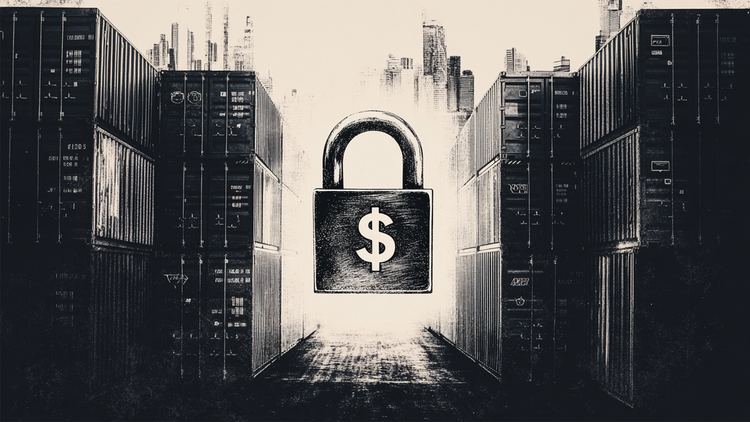The strong liquidations of the last two days reversed the weekly trend of the American market, which saw all three indices end the five-day decline, against the background of the aggressive attitude adopted yesterday by Fed President Jerome Powell.
In particular, the Dow Jones industrial average closed today with losses of 981.36 points or 2.8%, at 33,811 points, recording its worst day since October 28, 2020.
The enlarged S&P 500 also fell 2.8% to close at 4,271 points, marking its worst day since March, as did the tech-savvy Nasdaq, which lost 2.6% to 12,839 points.
On a weekly basis, the Dow fell 1.86%, the S&P 500 fell 2.75% and the Nasdaq fell 3.83%.
For the second session today, the US market showed intense nervousness in the face of the possibility that the next increase in interest rates of the US Federal Reserve will be higher, by 50 basis points, as left open in his statements yesterday by the head of J. Powell
“I would say the 50 basis points will be on the table at the May meeting,” Powell told the International Monetary Fund.
Cleveland Fed Chairman Loretta Mester’s statement today that she wants more “methodical” interest rate hikes and that there is no reason to shock the markets with a 75 basis point increase, briefly limited the fall of the indices, but in the end was not enough for something more.
As Commonwealth Financial Network’s Brian Price points out, “investors seem to be moving away from the narrative that there is no alternative to equity.”
“This is the second consecutive week of significant outflows from equity funds and days like today are unlikely to change the climate in the short term.”
According to him, of course, the defensive stance taken by the investors leaves room for a mini rally afterwards.
Elsewhere in the day, Verizon lost nearly 6 percent after losing 36,000 monthly subscriptions in the first quarter.
Gap’s share sank 17% after the announcement that the CEO of the Old Navy’s division, Nancy Green, is leaving, while Gap also reduced its sales prospects in 2022.
On the other hand, Snap strengthened by 1.2%, as the social networking platform showed a sharp increase in daily users in the first quarter, although its revenue lost estimates.
Source: Capital
I am Sophia william, author of World Stock Market. I have a degree in journalism from the University of Missouri and I have worked as a reporter for several news websites. I have a passion for writing and informing people about the latest news and events happening in the world. I strive to be accurate and unbiased in my reporting, and I hope to provide readers with valuable information that they can use to make informed decisions.







